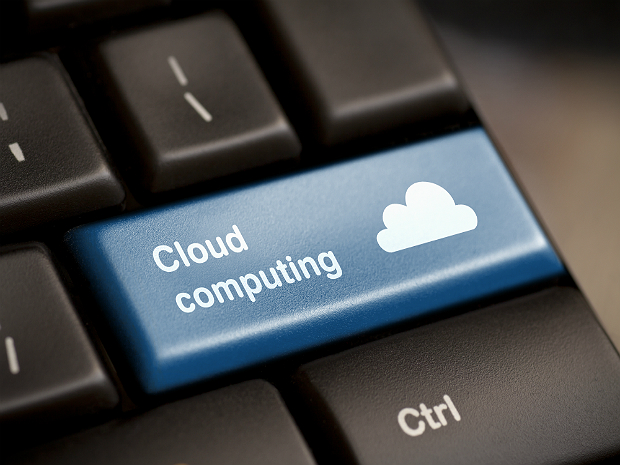Still keeping a server in the office? Here's why not everything should be in the cloud


The long hot summer in the UK has been followed by a warm, often humid autumn. And that means that if you have a server tucked into the corner of a small office, it's going to be quite some time before you need to think about turning on the heating.
On the hottest days this summer, the usually silent HP tower in our (un-airconditioned) office sounded like a small turbine and put out enough unwanted heat, as the fan struggled to keep it cool, to make me wonder if we actually needed a local server any more.
But even in these cloud days, a local server can be useful.
Ours is no longer the mail server, but it's still the file and print server. Day-to-day working files are on OneNote, but our photo and media archives are on the server (including full-length training videos that take too long to download), and our full document archive. That gets copied to an external hard drive, and a cloud backup.
So why keep a local server? It's not just that our 1Gb Ethernet network is more than 20 times faster than the 40Mbps we get from BT Infinity in the office. It's not even that we can put multiple 4TB drives in the server but we're buying cloud storage 100GB at a time (6TB drives are the biggest you can easily get without going to complex technologies like drives filled with helium, but 4TB is currently the sweet spot for the most capacity at the cheapest price).
The reason is that, as most people use it, cloud storage is a sync solution, not a backup and archive solution. I can recover some deleted files from the Recycle Bin on OneDrive, but if I make a change to a file and it's synced to the cloud, I can't get the old version back.
So if a slip of the finger deletes the Excel tab that has my 2010 business figures in, I need to have a copy in an archive, not a sync target where the same tab will quickly get deleted. That could be an external drive, a NAS or SAN system or a cloud backup; if you have enough files in use, a StorSimple array gives you a nice mix of deduplicated local storage and Azure backups with multiple years of retention. If you don't need the features of an iSCSI SAN (which only the most sophisticated small offices do), the latest Synaptics NAS systems let you archive to Azure in a similar way.
The server also handles DHCP for allocating IP addresses to devices and DNS relaying for getting them online. And while running a virtual machine in Azure for development and test is cheap, running a VM on the server you already have is free (depending on your licensing).
So despite acting as an unwanted radiator, the server was staying on. We didn't want to melt in the heat and we didn't want the expense of retrofitting air conditioning into a home office; many small businesses are in converted buildings rather than purpose built office space. That means going for a fan, and what saved us this year was a Dyson Cool fan, the AM06.
The Cool has the traditional circular shape rather than the heater's unusual oval, which shifts rather more air through the office. But because there aren't any blades, the air flow is smooth enough not to disturb the piles of paper around the office (the paperless office being dependant on every other business you deal with no longer sending you paper documents, which neither HMRC nor my accountant has yet managed).
Set a fan with spinning blades rotating and even piles of paper behind it start to move as the air is sucked in. Turn on the Dyson Cool and you have to crank it up to full speed before even the papers it's pointing at start to flutter.
The way the Cool works is by sucking air in through the rotating base and blowing it out through the big open ring; head on it's a little like looking into an invisible jet engine, because of the angles and edges that accelerate the air flowing through, drawing more air over the edges (it's similar engineering to some modern jet engines (like the turbofan engines on the Boeing 787).
All this adds up to a higher price tag; in this case £250 and you could certainly pick up a cheap fan for the office for less than a quarter of the price. But for a small business, that's still cheaper than fitting air conditioning or slowly cooking your staff and your server all summer.